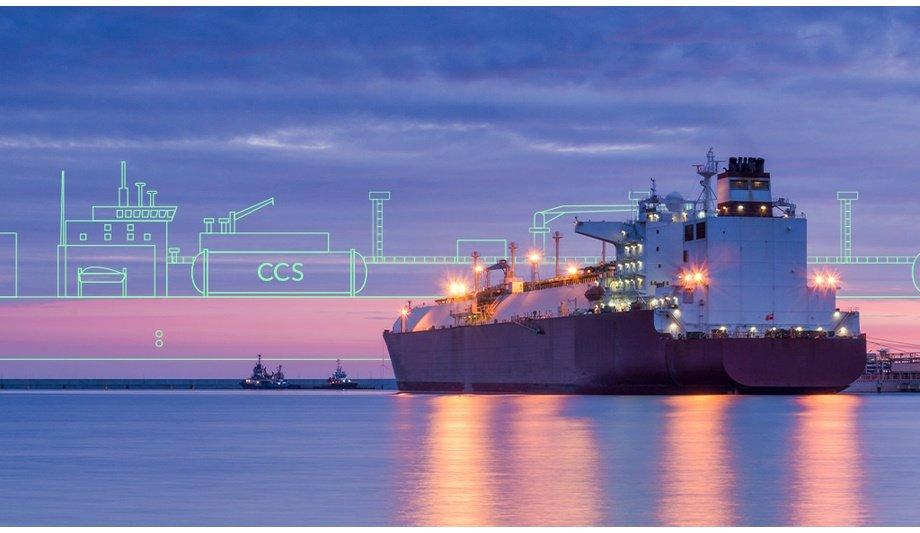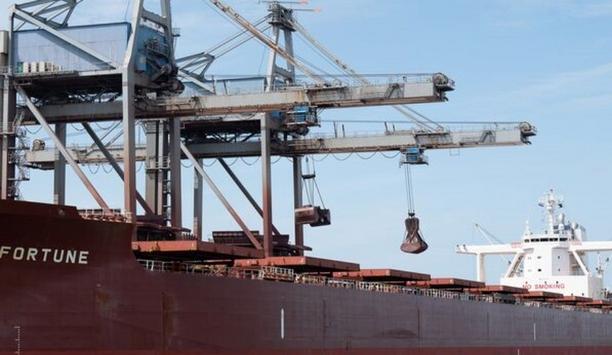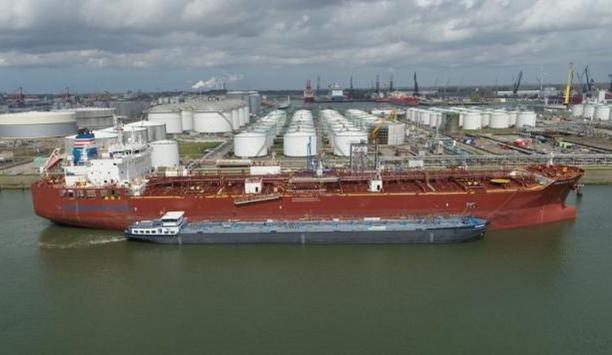DNV has published new guidelines for the safe installation of onboard carbon capture and storage (OCCS) systems on board ships, amid growing pressure on the shipping industry to develop effective technologies to reduce emissions as part of the ongoing maritime energy transition.
Different methods for reducing greenhouse gas (GHG) emissions will be necessary to achieve international, regional, and national emissions targets. Post-combustion OCCS on board trading ships is expected to be among these future solutions, especially on vessels where the use of alternative fuels is not feasible.
New guidelines of DNV
DNV's new guidelines are designed to be used by stakeholders across the value chain, including ship designers, builders, OCCS system manufacturers, and ship owners, and apply to both new buildings and retrofits.
They cover all aspects for safe installation, including exhaust pre-treatment, absorption with the use of chemicals/amines, after-treatment systems, liquefaction processes, CO2 storage, and transfer systems.
Author's quote
CCS technology is already known in the land-based industry, its application on board ships"
"Our new guidelines for onboard OCCS systems aim to support the industry as it faces strict requirements for emissions reduction. A focus on safety is crucial for new technology and must be prioritised as the industry looks to adopt sustainable fuels and CCS installations," said Chara Georgopoulou Head of Maritime R&D and Advisory Greece, Senior Research Engineer II, Onboard CCS Manager.
“While CCS technology is already known in the land-based industry, its application on board ships is relatively unproven. Our guidelines provide a framework for installation, offering support for stakeholders in the industry, while contributing to reducing emissions and driving the maritime industry towards a more sustainable future.”
DNV classification requirements
While the guidelines are based on DNV classification requirements additional technical or other requirements may be imposed by relevant flag-state administrations. There are currently no statutory regulations addressing the possible safety implications of using OCCS systems on board ships.
The guidelines also cover alternative solutions for carbon capture, including physical absorption and cryogenic methods. DNV's guidelines were published in September.











